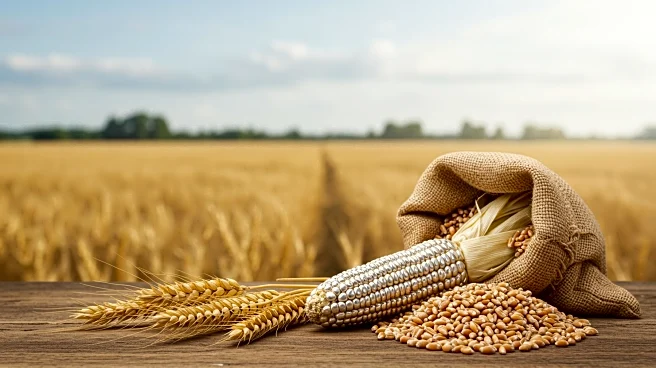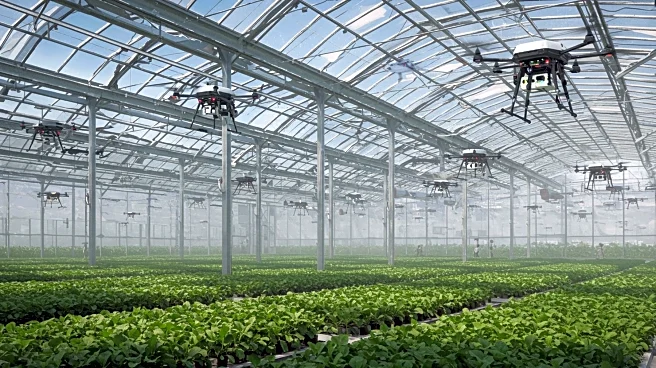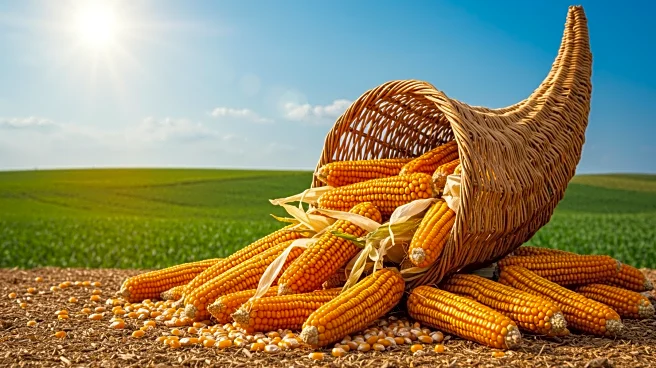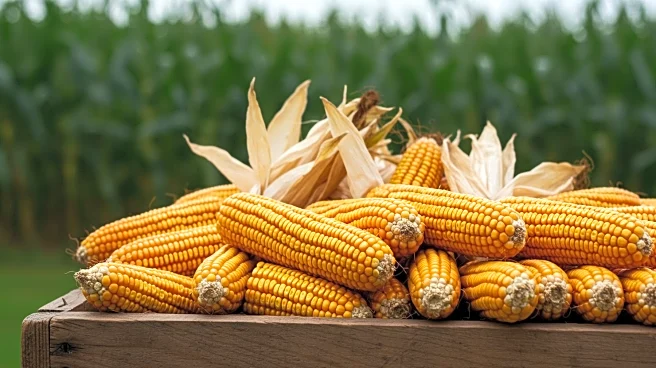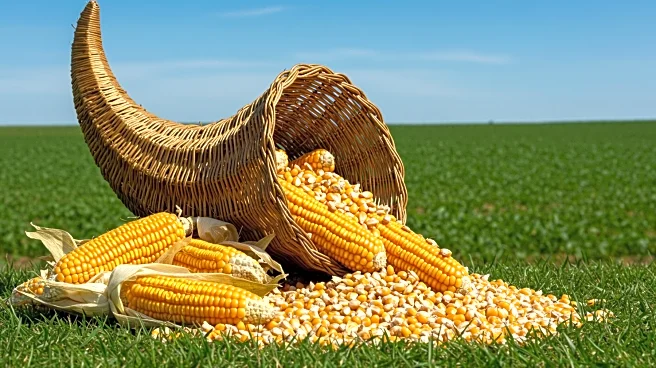Rapid Read • 8 min read
Soybean prices have shown a significant recovery after a recent dip, with November soybeans regaining nearly all losses from Thursday, closing up 14¢ at $10.42½ per bushel. This marks a week-over-week increase of 55¢. Other grains such as December corn and wheat also experienced slight increases, with corn closing at $4.05¼ per bushel and wheat at $5.27 per bushel. The livestock market saw notable gains, with October live cattle and September feeder cattle prices rising significantly. These fluctuations come as traders focus on weather conditions, upcoming crop tours, trade deals, and export sales following the August World Agricultural Supply and Demand Estimates report.
AD
The recovery in soybean prices is crucial for U.S. farmers, particularly in the Midwest, where corn pollination issues have been reported. The increase in grain and livestock prices can provide financial relief to farmers facing challenges from weather-related phenomena like tassel wrap, which could impact corn yields. The market's response to these agricultural conditions highlights the importance of monitoring crop health and export opportunities. The rise in livestock prices also suggests a positive trend for cattle and hog producers, potentially boosting the agricultural sector's overall economic outlook.
The upcoming crop tour is expected to offer insights into the extent of corn pollination issues, which could influence future market trends. Traders and farmers will be closely watching weather patterns and international trade developments that may affect export sales. The agricultural community is likely to continue advocating for policies that support market stability and address challenges posed by environmental factors. Stakeholders may also push for increased research and development to mitigate the impact of adverse weather conditions on crop yields.
The fluctuations in agricultural commodity prices underscore the broader economic implications for rural communities reliant on farming. As climate-related challenges persist, there may be increased pressure on policymakers to invest in sustainable farming practices and infrastructure improvements. The focus on export sales highlights the interconnectedness of global trade and domestic agricultural health, emphasizing the need for strategic international partnerships.
AD
More Stories You Might Enjoy



